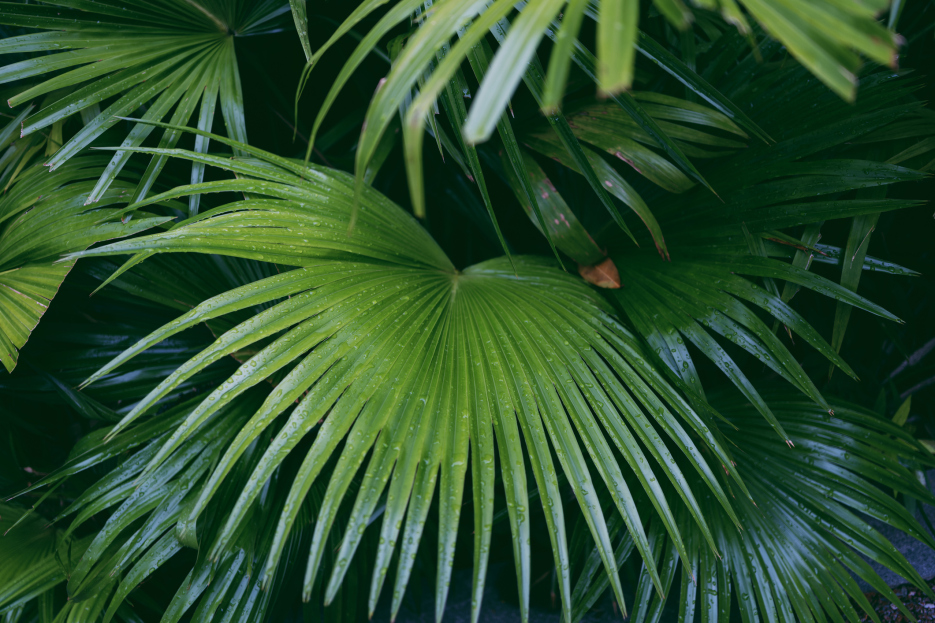
The Chinese Fan Palm (Livistona chinensis) is a graceful, slow-growing palm known for its large, fan-shaped fronds that arch beautifully, making it a striking addition to indoor spaces or tropical gardens. Native to East Asia, this palm is admired for its resilience and adaptability, offering exotic appeal with minimal fuss. Whether you’re growing it indoors as a decorative houseplant or outdoors in a warm climate, here’s how to care for the Chinese Fan Palm and keep it thriving.
The Chinese Fan Palm prefers bright, indirect light when grown indoors. It will tolerate lower light levels, but growth may slow and the fronds may become less full. Outdoors, it thrives in full sun to partial shade, though young plants appreciate some protection from harsh afternoon rays.
This palm likes to be watered regularly but doesn't like to sit in soggy soil. Water when the top inch of soil feels dry, allowing any excess to drain freely. Overwatering can lead to root rot, so be sure your container or garden bed offers proper drainage. In winter, when the plant is growing more slowly, reduce watering slightly.
Well-draining soil is essential for the Chinese Fan Palm. A sandy or loamy potting mix works best, and adding some perlite or coarse sand can enhance drainage. If potting in a container, choose one with drainage holes and avoid letting the plant sit in a saucer of standing water.
Livistona chinensis prefers warm temperatures between 65–85°F (18–29°C). It can tolerate cooler temperatures down to about 25°F (-4°C) for short periods, making it one of the more cold-hardy palms. Indoors, average humidity levels are usually sufficient, but in very dry environments, occasional misting can help maintain leaf health.
Feed your Chinese Fan Palm with a balanced, slow-release fertilizer during the spring and summer growing months. A palm-specific fertilizer that includes micronutrients like magnesium and manganese is ideal to promote lush green fronds and prevent deficiencies. Avoid fertilizing in the fall and winter when growth naturally slows down.
Minimal pruning is needed for this palm. Remove any yellow or brown fronds at the base to maintain its tidy appearance and redirect energy to healthy growth. Avoid cutting green fronds, as they are essential for photosynthesis and nutrient storage.
While generally resistant to pests, the Chinese Fan Palm can occasionally be affected by spider mites, scale, or mealybugs, especially in dry indoor conditions. Regularly inspect the plant and wipe down the leaves with a damp cloth. In case of an infestation, treat with insecticidal soap or neem oil. Overwatering is the most common issue and can lead to root rot, so always err on the side of caution with moisture.
The Chinese Fan Palm is considered non-toxic to cats and dogs, making it a pet friendly choice for your household!. Still, it’s always a good idea to discourage nibbling to prevent any digestive upset or damage to the plant.